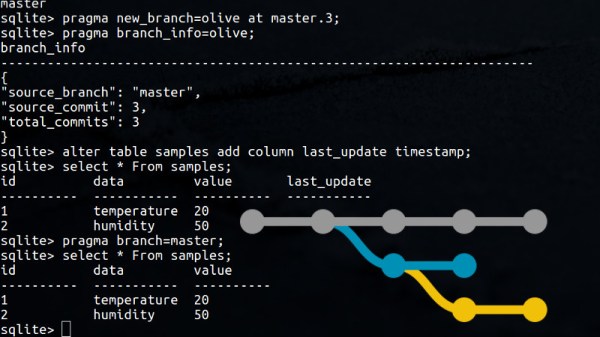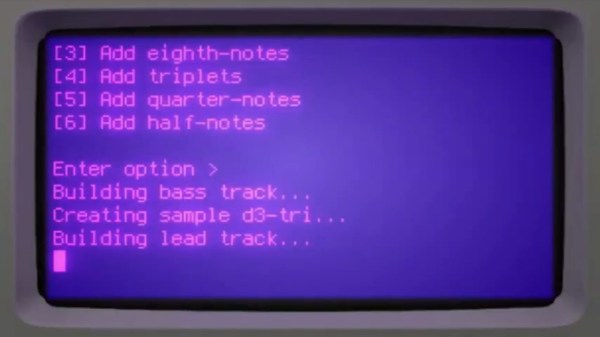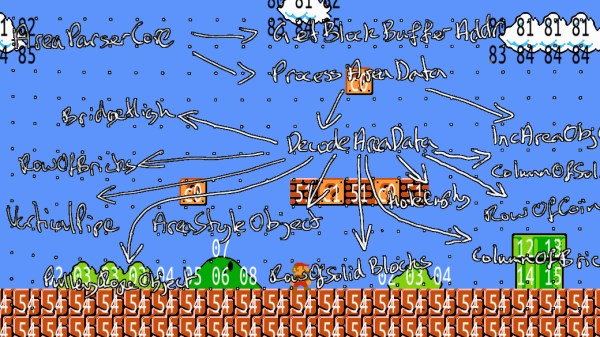Programming languages tend to polarize, and Rust is by far no exception. Whether it will stick around and grow as an alternative for the lower levels or not — time will tell. In the meantime, if you’re curious about the language and its low-level abilities yourself, [phil-opp] has written a series of blog posts on building your own little bare metal kernel in Rust.
Starting from the basics, [phil-opp] describes in detail the set-up and build process to create a standalone executable that won’t be linked against the Rust standard library. From here he proceeds to build a simple operating system kernel that prints a good old Hello World via VGA output — QEMU emulation included. And of course, there is a GitHub repository with all of the source code.
[phil-opp] has been working on this for a while already, and he is currently writing the second edition of the series. Some content is therefore still missing, but you may find more of it in his first edition. And in case you know absolutely nothing about Rust in the first place, let’s just take a step back and start with the basics. After all, we might see more of it in the future.

















